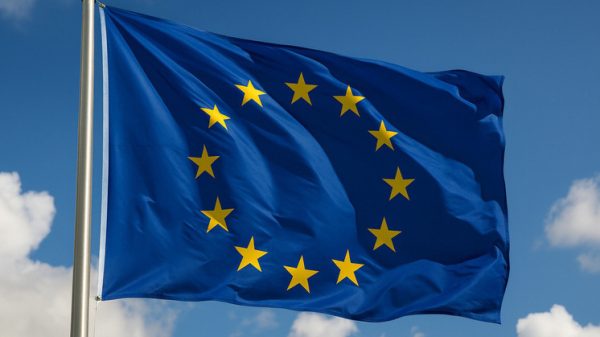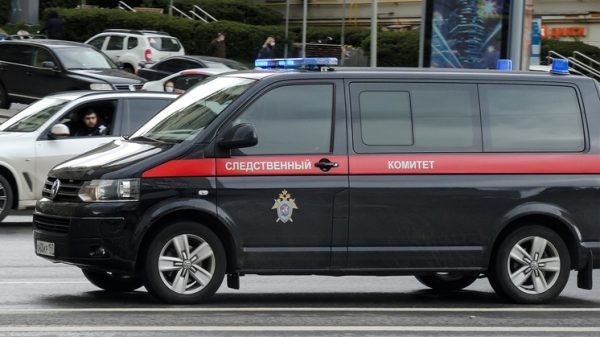When new restrictions were announced, the changes were minimal
Credit: REUTERS
At the start of January, Sweden rushed through a new pandemic law which gave the government extended powers to shut down private businesses like cafés, restaurants and gyms, fine people who hold private parties, and even impose exclusion zones.
On Tuesday, when state epidemiologist Anders Tegnell announced that new restrictions would come the next day, it looked like these new powers might finally be put to use.
If you were going to do it, it wouldn’t be a bad time: the number of new infections in Sweden has shot up for two weeks in a row, its per capita rate leaping past Portugal, France and Spain to lead Western Europe once again.
It now seemed "almost inevitable", Dr Tegnell warned on Tuesday, that the more infectious British variant would become dominant in Sweden. In Stockholm, it is already identified in 27 per cent of samples tested.
When he stood up to announce the new restrictions, Stefan Löfven, Sweden’s prime minister, underlined the precarious point the country had reached.
"The situation is serious in Sweden. We have a high spread of infection and it is continuing to grow," he said. "There is a big risk of a so-called third wave. This is not already written in our destiny. Whether it comes to pass will be decided by the actions of you and me."
Coronavirus Sweden Spotlight Chart — Cases default
But when the new restrictions were announced, the changes were minimal.
From March 1st, restaurants and cafés which do not serve alcohol will have to close at 8.30pm, whereas previously it was only those that do serve alcohol. Restaurants in shopping malls will become takeaway only.
The guideline that each customer in shops and gyms should have 10 square metres to themselves would be "further tightened", although details had yet to be agreed with business groups. Amateur sports tournaments and matches will be stopped (although training can continue).
Asked by the Telegraph why he was not willing to use the powers he had gained under the new law to close private businesses, Mr Löfven said that his government was not convinced that such lockdown measures had an impact on the spread of the virus.
"We cannot see a direct connection between specific measures and results," he said. "We can see countries take the same kind of measures with different results; we can see countries with different measures with the same results."
Mr Löfven’s statement was met with incredulity from epidemiologists in the country who favour stricter measures.
"Of course, it is not true that there is no connection between measures and the spread of infection," tweeted Joacim Rocklöv, Professor of Epidemiology at Umeå University.
It is true that France, which has imposed several far-reaching lockdowns, has had a slightly higher per capita death rate than Sweden nonetheless.
But Sweden has a much lower population density and the highest proportion of single-person households in the EU.
To make this point, the Expressen newspaper published an interview with Frode Forland, Dr Tegnell’s counterpart in Norway, where only 620 people have died with coronavirus, putting its per capita death rate at less than a tenth of Sweden’s.
Dr Forland credited the country’s rapid decision making, with a lockdown imposed in mid-March leading to a very light first wave, and in December local lockdowns in ten municipalities outside Oslo slowing the spread of the British variant.
A day after Sweden announced tweaks to its measures, Sanna Marin the prime minister of Finland, where the Covid death rate is as low as in Norway, announced a three-week coronavirus lockdown starting March 8, which would see all restaurants closed and maximum of six allowed to gather.
So far, the public in Sweden is still just about backing the country’s light-touch approach.
Public confidence in the way both Dr Tegnell and Mr Löfven have handled the pandemic has fallen since the autumn.
Only 54 per cent of respondents said that Dr Tegnell had handled the pandemic well in an Ipsos poll carried out in the middle of January, compared to 72 per cent in October. The proportion saying the same of Mr Löfven fell to 26 per cent in January from 34 per cent in December.
But confidence in Dr Tegnell’s agency remains higher than for almost any other public body, and the public still views the government’s handling of the crisis much more favourably than it views that of the opposition parties.
The media, and as a result the public, have become more critical, but for most people life continues to go on, almost, as normal.
Next week, when Stockholm’s schools have their annual winter sports holiday, crowds will flock to Sweden’s mountain resorts and mass around ski lifts.
It remains to be seen whether Sweden’s government will later regret not taking harder action sooner.



















































Свежие комментарии